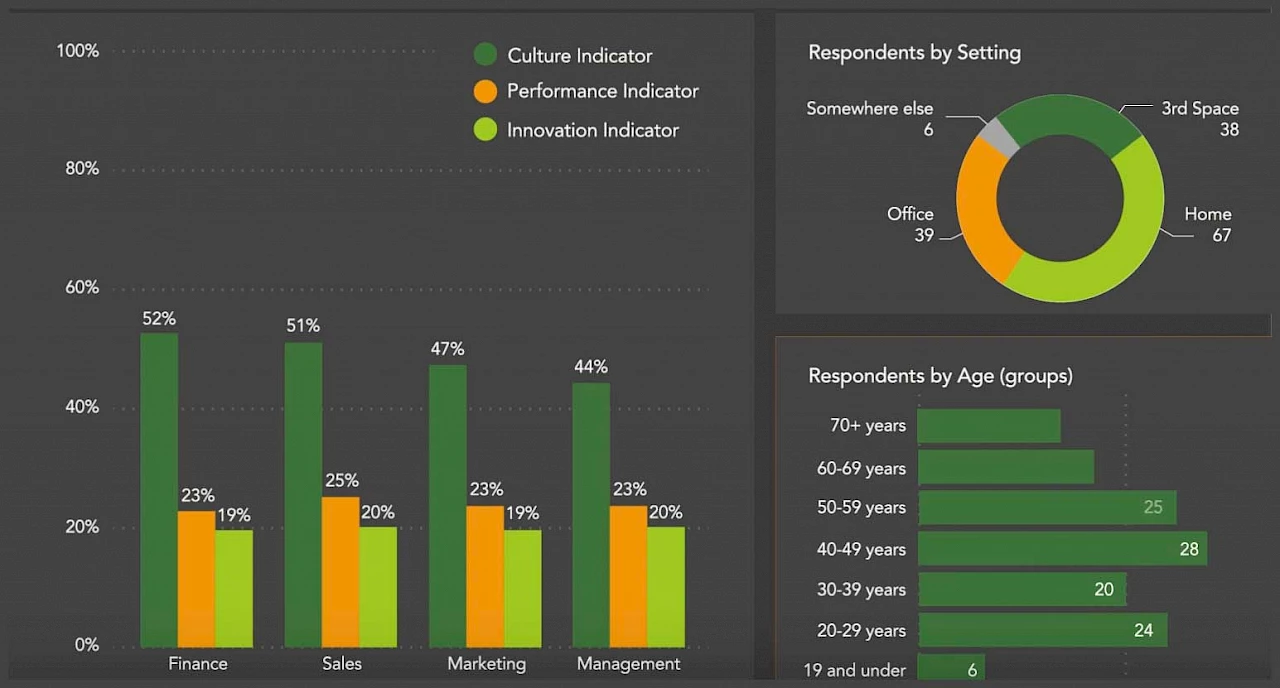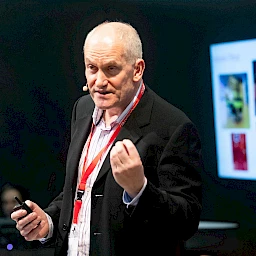The Chartered Institute of Personnel Directors say that “employee wellbeing can lead to increased resilience, better employee engagement, reduced absence and higher performance and productivity.” (CIPD 2022). Great! The answer to the article’s title is ‘yes.’ We can all have a beer.
Varying variables
Except, unfortunately, the CIPD is incorrect. You see, well-being and productivity are what we call dependent variables. That is, their rate of change depends on what happens to them.
If you are in bed, miserable with chicken pox and itchier than a cat at a flea circus, you can’t just banish your spots and decide to be well. Something must act on you to make that happen; perhaps your immune system winning out, the effects of a hot toddy, or even the powers of hypnosis.
Likewise, nobody sitting in a despondent, outdated mill can just choose to be more productive. Not without the arrival of new machinery, or, more powerfully, a changed corporate mindset. It is these independent variables, that function as catalysts, which cause changes to well-being, productivity and other variables.
Indicator of change
Ah, well-being has nothing to do with productivity, then?
No, sorry, that isn’t right either. You see well-being and productivity behave in similar ways. When well-being is high, productivity is likely to be near the top of its range too, with the corollary also being true. Well-being is a useful barometer for how productivity is going, as are most variables. Productivity correlates in the same direction as Wellness, Altruism, and Identity, and in the opposite direction to Stress, Monitoring and Dissatisfaction. When you know this, reading the company runes becomes easy.
Measurement
These links, or correlations, are fine of course, if you know what you are measuring. However, business’s methods of capturing data are generally about as successful as Wile E. Coyote capturing lunch.
Asking, “My well-being is good” Disagree/Not sure/Agree … will only produce unreliable data.
The standard method of using one question to measure a variable leads to dismal mistakes. Well-being means different things to different people.

We need a definition. Is well-being something you feel when you are at work, or when you think about work? Is well-being linked to your home life? Perhaps it is how you are all the time?
Well-being, like any subjective variable, needs three or four statistically linked questions to assess it properly. And just writing down questions we like, sets us on a backroad to misinformation and mishap. Asking, for example. “I feel healthy in the office” may help to assess well-being; but it may equally tap into Sick Building Syndrome. Without decent stats we won’t know which. The good news is that there is a selection of published well-being scales, ready to go (e.g., Knight & Haslam 2010). Use one.
When we measure productivity, beware dragons. Like weight, or length, or speed, productivity is entirely objective.
Imagine asking a club runner to say how fast they had completed a marathon, but without reference to a stopwatch. How about estimating the weight of a loaded ship without displacement data. Yet businesses continue to ask employees how productive they are based on guesswork and opinion. The scientific evidence is that the correlation between actual and estimated productivity measurements is so low as to be worthless (Knight 2021a).
Don’t believe me? Well, are you less productive that your peers?
Almost everybody answers that question with a ‘no.’ Half must be wrong. Well-being and productivity both require accurate, scientific, but entirely different, measurements.
Where is the magic?
So if well-being doesn’t cause productivity, what does? The answer lies in management, a discipline that can be both organizational weedkiller and fertilizer. Management sits in its garden shed with three crucial chemicals under its control. How it uses these affects well-being, productivity, and just about everything else.
- Autonomy. Give people the freedom to do things their way. Scrap standardization (the standard person does not exist), allow failure; let people learn from mistakes.
- Trust. Stop management by walking about and obliterate micro-management. Trust colleagues when they do things in unexpected ways. Management should be a trusted guide and help, when required.
- Resource. Resource could be time, tools, access to the right people, or hybrid working. Let colleagues decide what they require to do their jobs well.
If management mixes these chemicals (Knight 2021b) with skill, all key variables will improve, especially well-being and productivity. What are you waiting for?




 Dr Craig Knight
Dr Craig Knight 

